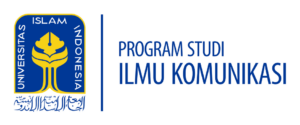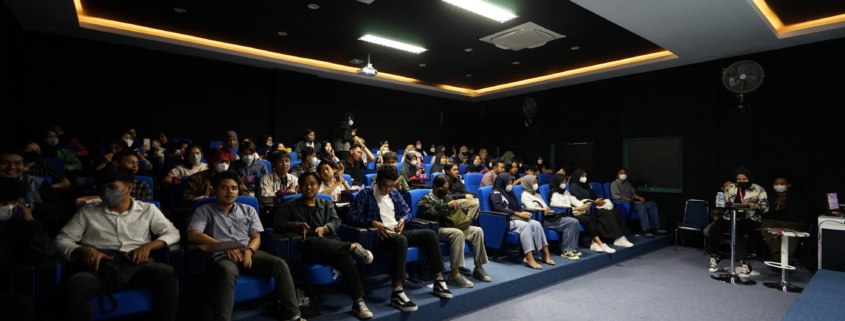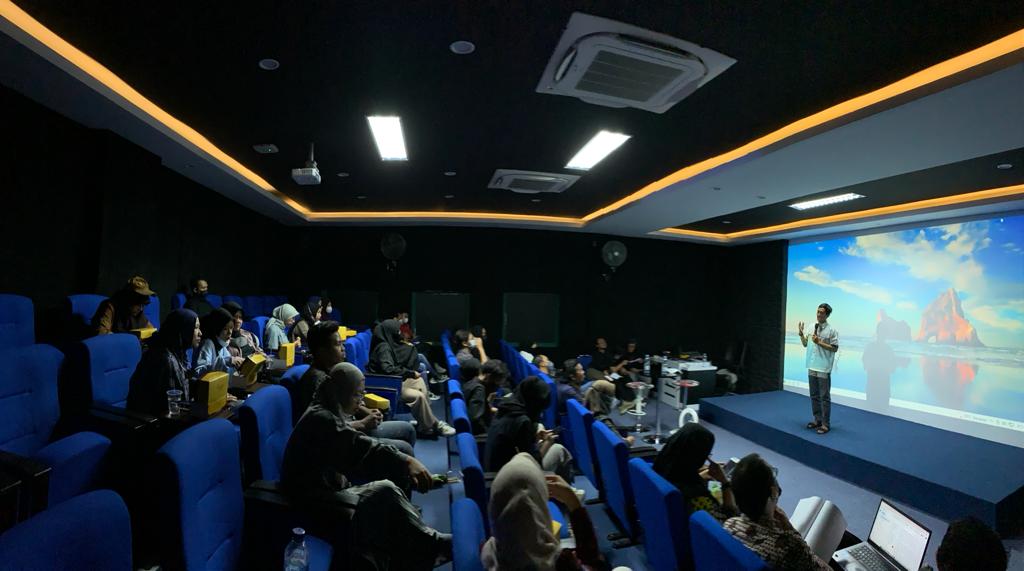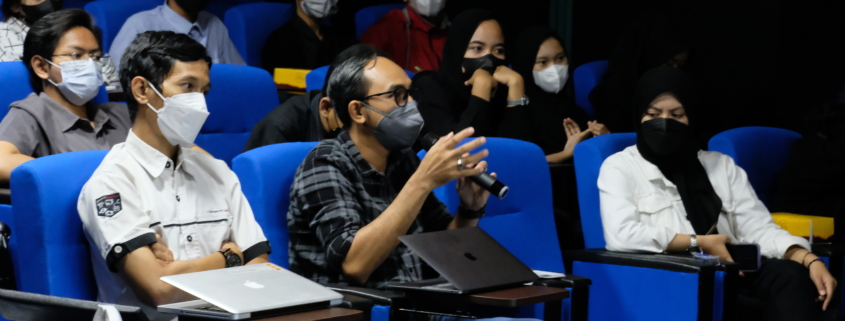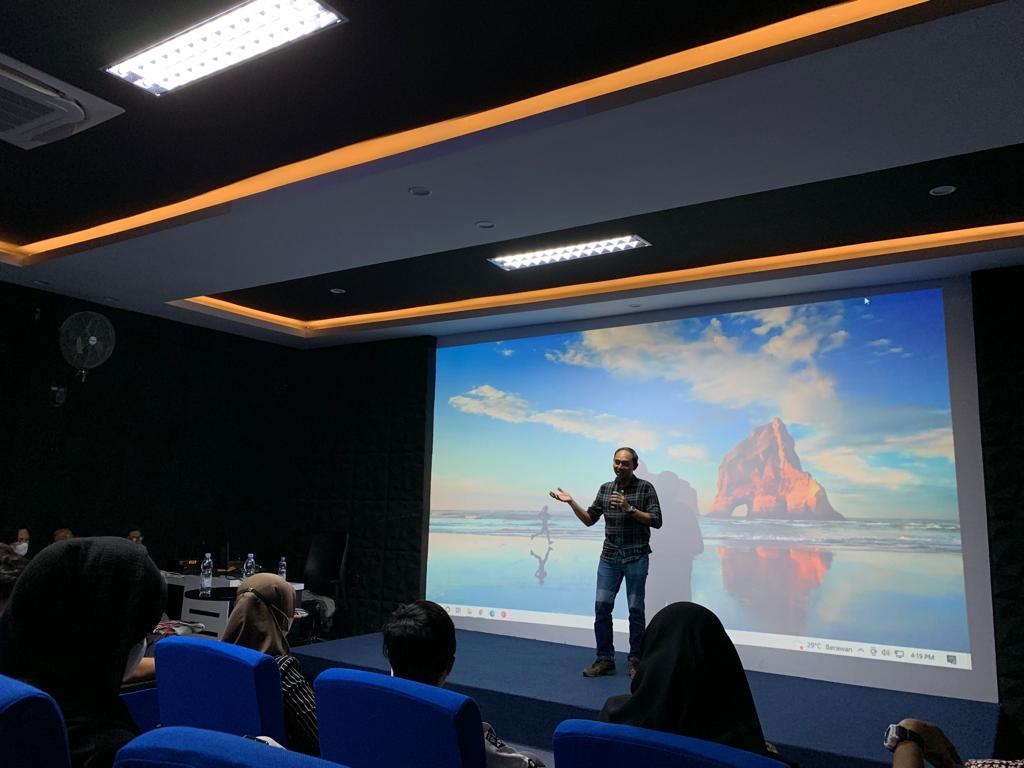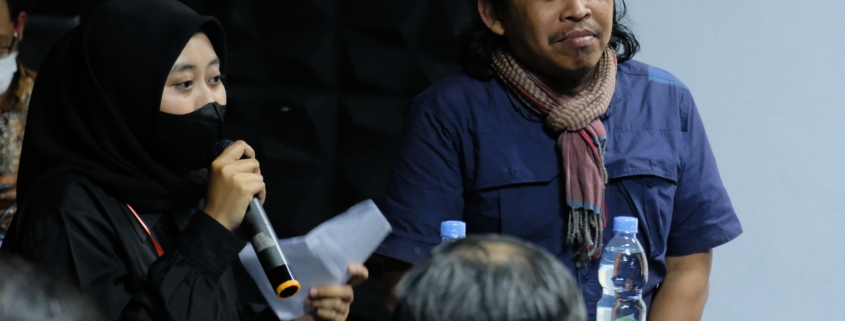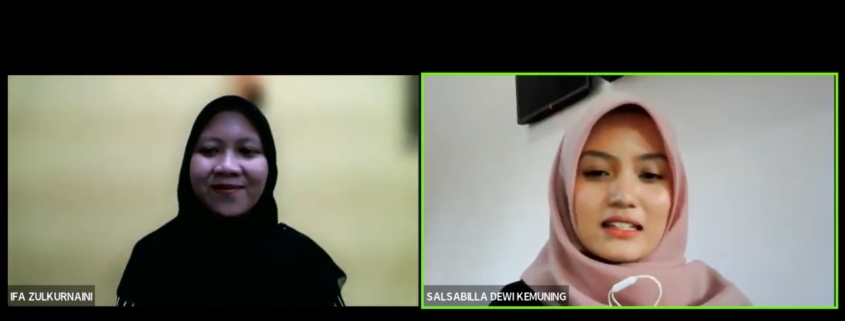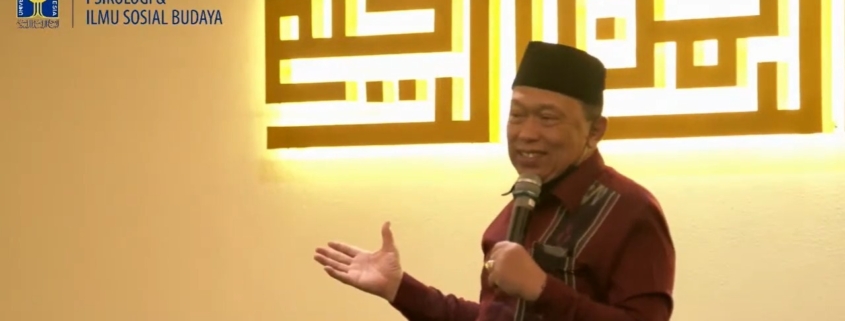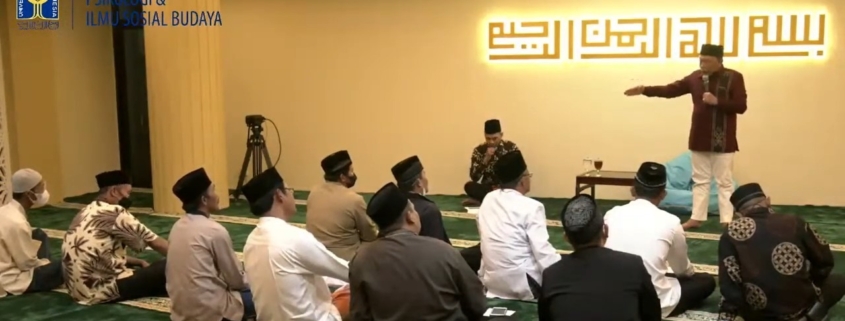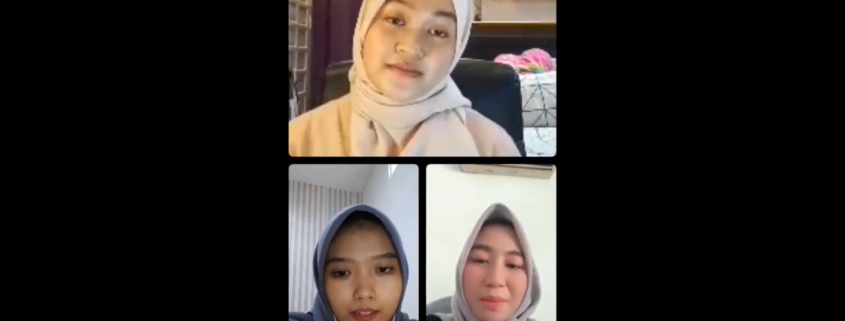Perhaps not everyone will reach a consensus when discussing good and terrible images. There is always a subjective issue with the power of the camera shutter finger. Subjectivity can also evolve in photography; it does so periodically when the mind and body pick up new information.
How the mind and body process and discipline themselves in the process of doing photographic works were conveyed by Zaki Habibi, Lecturer of the Department of Communication at the Universitas Islam Indonesia (UII), in a series of DOC-Camp (Documentary training and media camp) Photo Discussion and Exhibition events in collaboration between PSDMA Nadim UII of Communication Department and Klik18, the Student Photography Club, at the Department of Communication UII, on September 22, 2022. Zaki is a researcher in urban and visual culture studies and a photography enthusiast and practitioner. This photo exhibition took place from September 20 to 23, 2022.
In the photo exhibition entitled Islam and Transformation, Zaki said that this photo discussion is a space of appreciation and a room for reflection on the hard work, thoughts, and determination of Klik18 members. “Appreciating the work of friends who have presented their work. It cannot be separated from work, efforts, thoughts, and hard work, which have been in progress since the first Doc-Camp was held in 2018,” said Zaki Habibi opening his session.
Mind and Body in Process
In this discussion, Zaki Habibi talked about subjectivity, sensitivity, and sensitivity to one’s mind and body processes. He started from his experience when he started his studies in a small Swedish town, Lund. He invited the audience to a discussion to imagine how Indonesians of color and body are relatively small among Caucasians. Who first set foot in the city. The eyes of local people must have been on him. Foreigner.
On his first Friday as a Muslim, He went to a mosque. How surprised he was, it turned out to be the mosque he imagined with a dome, and other distinctive ornaments, more appropriately called an ordinary building. It is not the same as the usual mosque in Indonesia that also build with a dome above. He also took pictures of the oddity.
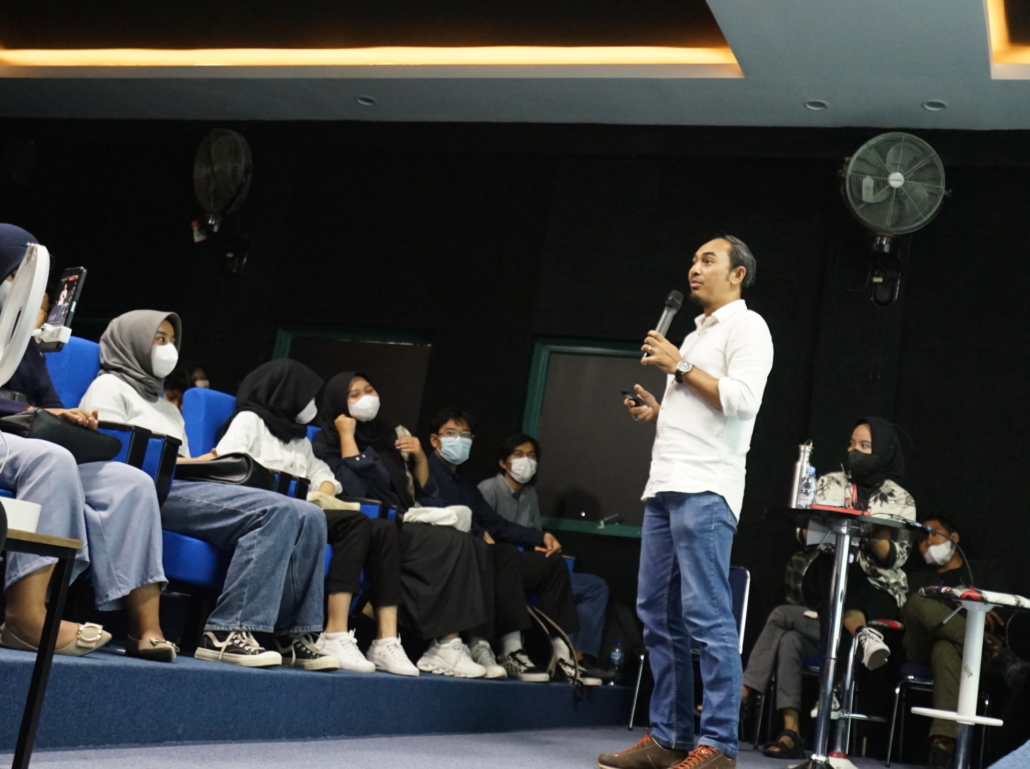
Zaki Habibi, the Lecturer of The Department of Communication, UII as the Speaker of Photo Discussion of Doc-Camp 2022
After weeks, he lived there and visited the place on hundreds of Fridays. The mosque there no longer made him a stranger. He can now come closer and more intensely by seeing several sides of the place. Able to interact more deeply with other people. Can dig up stories about immigrants from Gaza. “I was able to chat with a lot of people, including Gaza immigrants, about how he came, about who came with him, about who he had to protect, who he left or was forced to stay.”
“Yes, I went with my son and brother, and my wife drowned while here. That’s how it is,” said Zaki telling how his friend told the story in a flat tone, but there was a deep sadness that his friend had held back for years. A photographer can capture sensory and even internal sensors through photos. And this subjectivity will unite with body discipline if it has been trained for years.
Zaki describes how subjectivity is formed and how subjectivity is not neutral. From the simplest things, Zaki explains how someone takes a selfie or selfie. “We are not neutral in front of our cameras. Let’s just take a selfie and choose an angle. Which side of us looks photogenic,” said Zaki.
